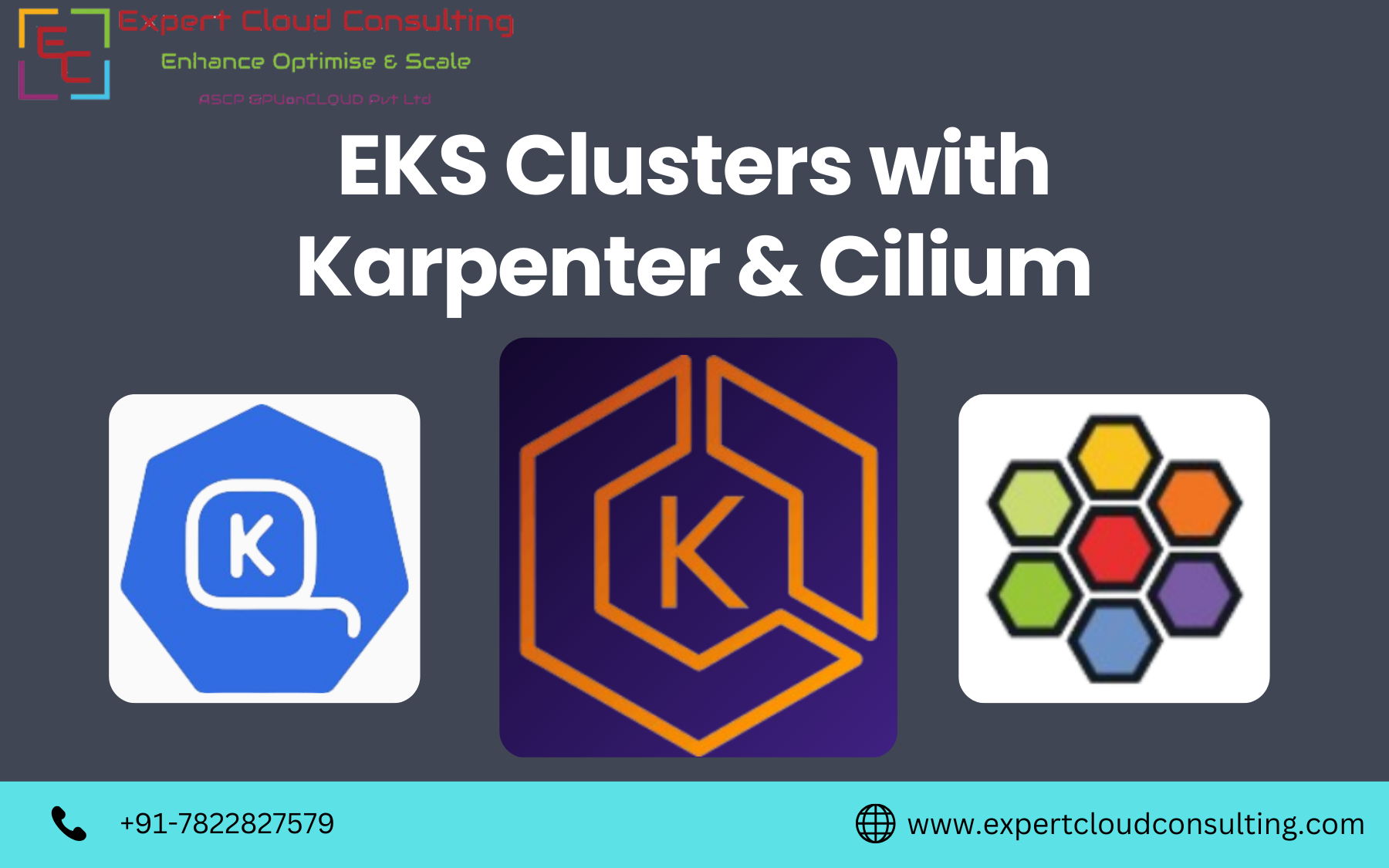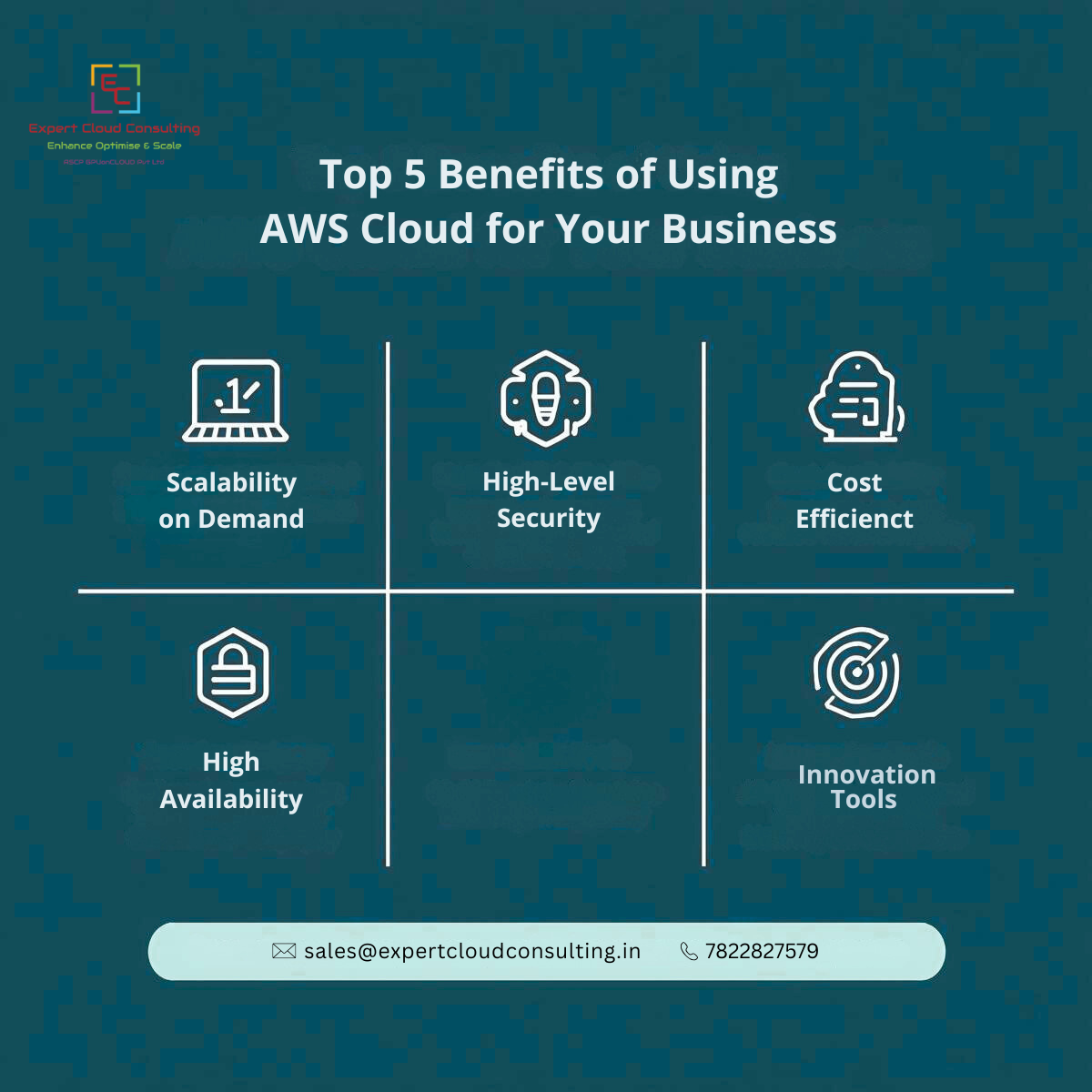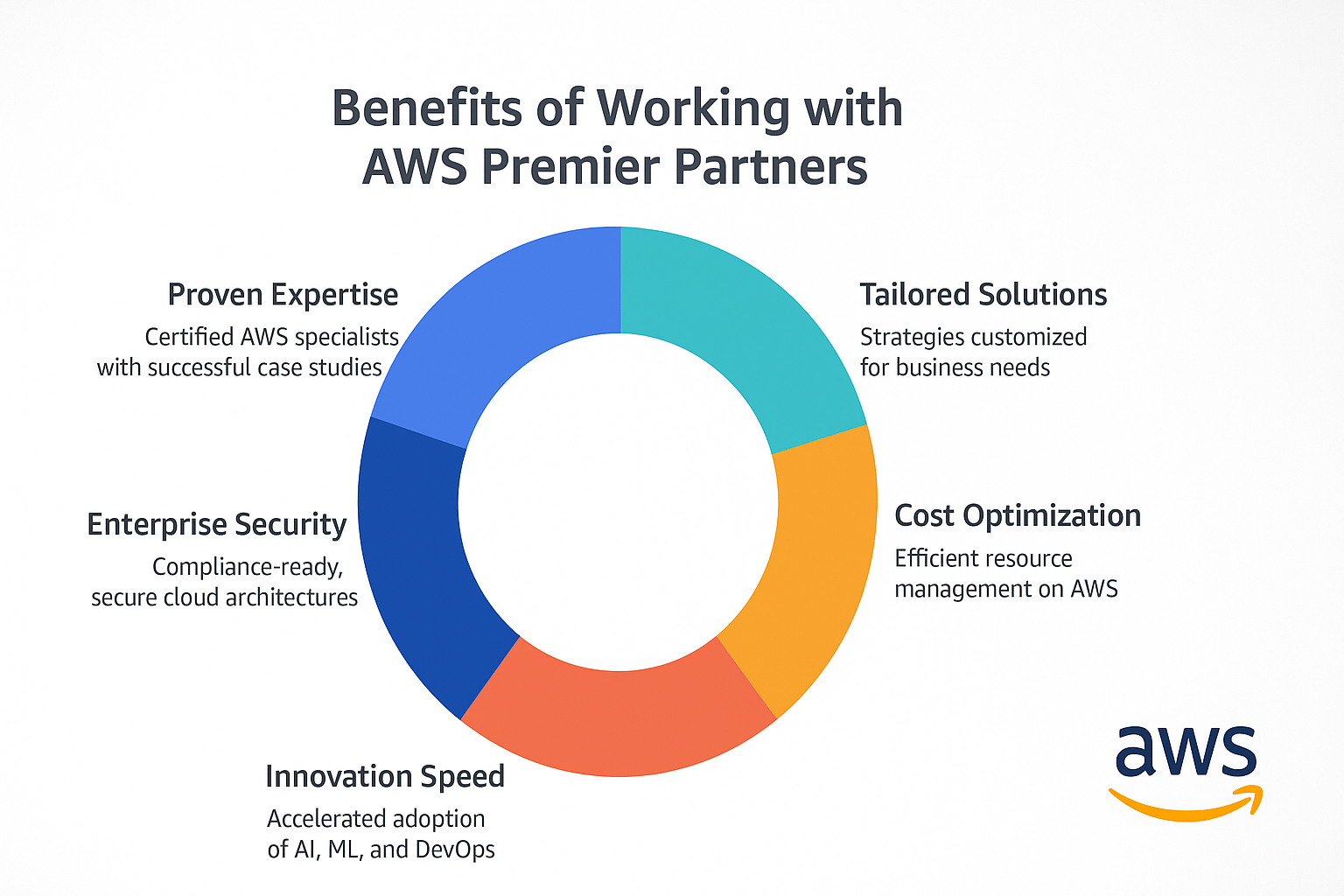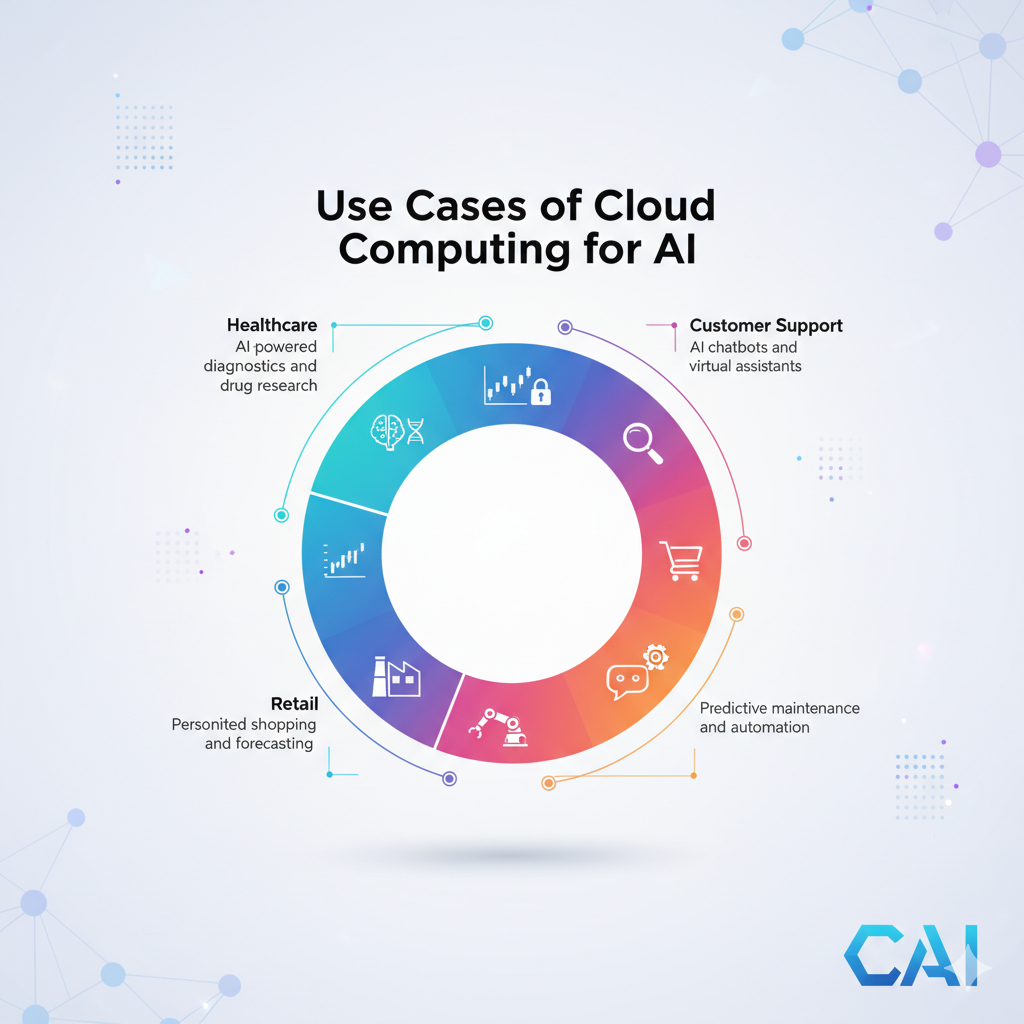- Introduction 🚀EKS clusters with Karpenter and Cilium offer a comprehensive solution for managing Kubernetes workloads on AWS infrastructure. Amazon Elastic Kubernetes Service provides a managed Kubernetes environment, while Karpenter automates the provisioning and scaling of clusters to optimize resource utilization. Cilium, on the other hand, enhances networking and security within the Kubernetes clusters, offering features like encryption and network policy enforcement.Amazon Elastic Kubernetes Service (EKS)Karpenter
Amazon EKS is a fully managed Kubernetes service provided by AWS. Key features include automated Kubernetes control plane provisioning, high availability, and seamless integration with other AWS services. With EKS, users can deploy, manage, and scale containerized applications using Kubernetes on AWS infrastructure. EKS abstracts the complexity of managing the Kubernetes control plane, allowing users to focus on their applications.
Karpenter is an open-source project developed by AWS that automates the provisioning and scaling of Kubernetes clusters on AWS. It optimizes resource utilization by dynamically adjusting the cluster size based on workload demand. Karpenter ensures that the right number of nodes are available to handle the workload, minimizing over-provisioning and reducing costs. It integrates seamlessly with Amazon EKS, enabling automatic scaling of worker nodes in EKS clusters.
Cilium
Cilium is a powerful networking and security solution for Kubernetes. It leverages eBPF (extended Berkeley Packet Filter) technology to provide advanced networking features. Key features of Cilium include transparent encryption, observability, and fine-grained network policies. Cilium enhances the security and networking capabilities of Kubernetes clusters, offering features like encryption, network visibility, and policy enforcement. It provides deep integration with Amazon EKS, enabling secure and scalable networking for containerized workloads.
- key Features ⚡
1️⃣ eBPF Technology 🕵️Cilium heavily relies on eBPF, a modern kernel technology that allows for the dynamic insertion of custom code into the Linux kernel. This enables Cilium to perform various networking and security tasks directly within the kernel, with minimal performance overhead.
- 2️⃣ Security 🗝️
Cilium enhances the security of Kubernetes clusters by implementing fine-grained network policies, which enable administrators to define access controls and segmentation rules based on various criteria such as IP addresses, ports, and Kubernetes labels. Additionally, Cilium can enforce encryption between pods using technologies like WireGuard.
Cilium offers comprehensive observability features, allowing administrators to monitor and troubleshoot network traffic within Kubernetes clusters. It provides detailed visibility into network connections, latency metrics, and application behavior, which is crucial for diagnosing issues and optimizing performance.
- 4️⃣ Integration with Service Meshes📝
Cilium can seamlessly integrate with service mesh frameworks like Istio and Linkerd, providing enhanced networking and security capabilities for microservices-based applications. It can replace or augment the data plane of these service meshes, offering improved performance and scalability.EKS with carpenter & Cilium Together Do 🌱
- 1️⃣ Efficient Resource Management💰
- Together, Karpenter and Cilium ensure that resources are utilized efficiently across the Kubernetes cluster. Karpenter dynamically adjusts the number of worker nodes based on workload demand, ensuring that resources are neither underutilized nor overprovisioned. Cilium's advanced networking capabilities further optimize resource usage by providing efficient routing and traffic management, minimizing latency and maximizing throughput.
- 2️⃣ Visibility and Control♂
- By integrating Karpenter and Cilium with Amazon EKS, administrators gain enhanced visibility and control over their Kubernetes environment. Karpenter provides insights into cluster utilization and performance metrics, allowing administrators to make informed decisions about resource allocation and scaling. Cilium offers detailed network visibility and monitoring capabilities, enabling administrators to monitor traffic patterns, detect anomalies, and enforce security policies effectively.
- 3️⃣ Comprehensive Security Posture🔒
- Together, Karpenter and Cilium enhance the security posture of EKS clusters by providing multiple layers of defense against potential threats. Karpenter ensures that the cluster is always right-sized and up to date, reducing the attack surface and minimizing the risk of exploitation. Cilium enforces fine-grained network policies, encrypts communication between pods, and provides threat detection capabilities, strengthening the overall security of the Kubernetes environment. This comprehensive security posture helps organizations mitigate risks and comply with regulatory requirements effectively.
- 4️⃣ Future-Proof Infrastructure📝
- Integrating Karpenter and Cilium with Amazon EKS creates a future-proof infrastructure for deploying and managing containerized workloads. Karpenter's automation capabilities and Cilium's advanced networking features ensure that the Kubernetes environment is agile, scalable, and resilient to future challenges and changes in workload patterns. This future-proof infrastructure enables organizations to adapt quickly to evolving business requirements and technological advancements, ensuring long-term success and competitiveness in the cloud-native landscape.
Conclusion 🗝️
The integration of Karpenter and Cilium with Amazon EKS presents a holistic approach to Kubernetes management on AWS. By automating cluster provisioning, optimizing resource allocation, and bolstering security measures, this solution streamlines operations, reduces costs, and fortifies the infrastructure against potential threats. Ultimately, it empowers organizations to deploy and scale containerized workloads with confidence, ensuring reliability, efficiency, and robustness in their Kubernetes environment on AWS.🌟











